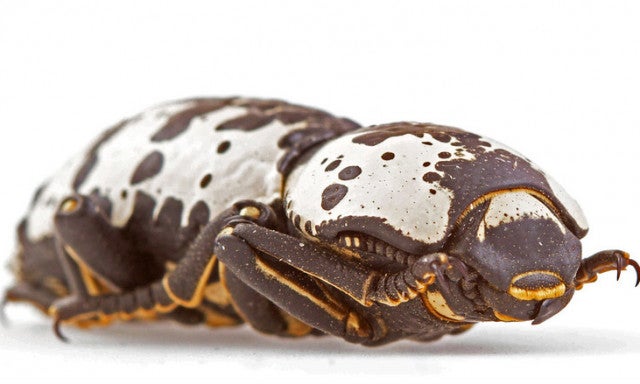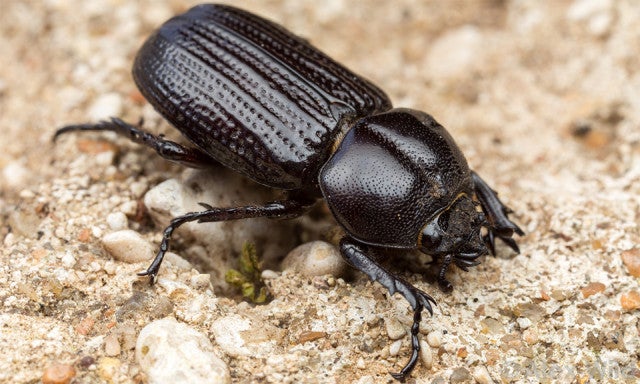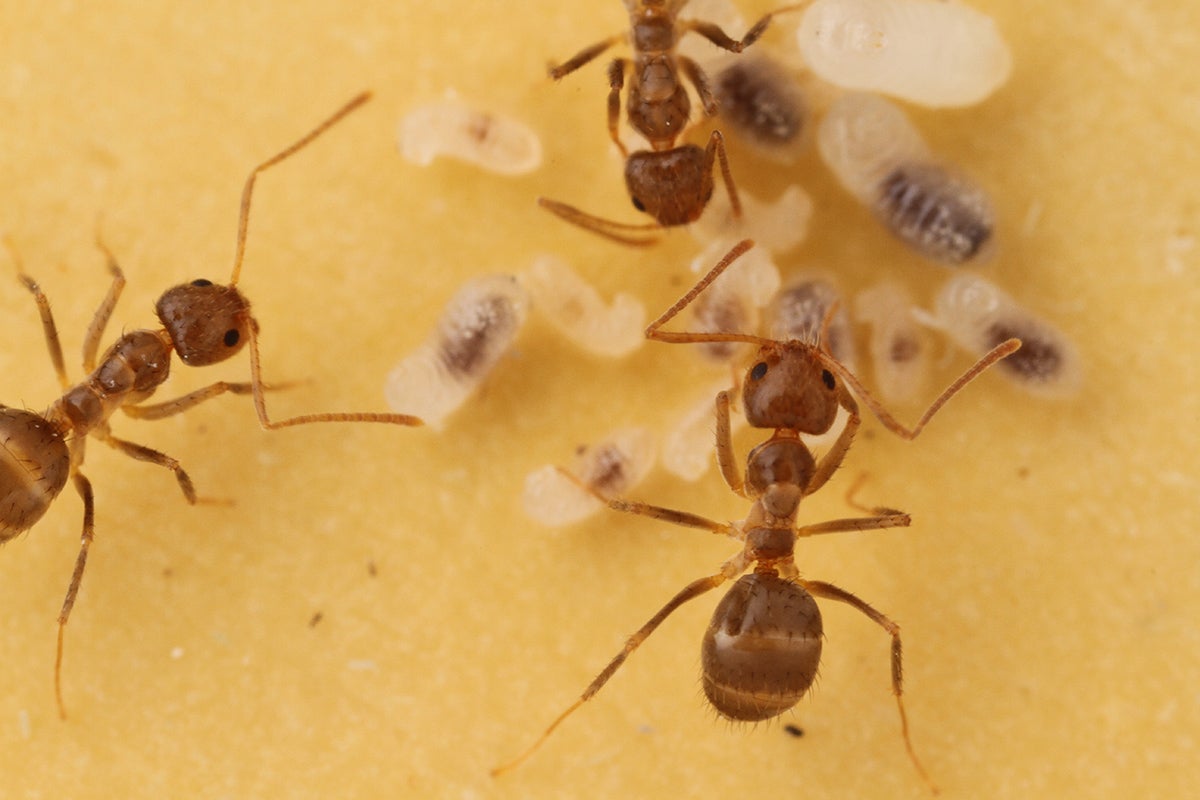Spring Insects to Spot on Neighborhood Walks
With much of the world practicing social distancing, walks and other opportunities to get outdoors are the highlight of many people's days right now.

A green sweat bee on a spiderwort flower. Photo by: Alex Wild, used with permission.
With much of the world practicing social distancing, walks and other opportunities to get outdoors are the highlight of many people's days right now. That includes scientists, some of whom say, with the spring season upon us, the outdoors just got a lot more interesting.
We spoke to University of Texas at Austin entomologist Jo Holley, an assistant professor of practice and lab leader of the Bugs in Bugs Freshman Research Initiative stream, about how to admire some of nature's offerings.
"The thing about insects is you can even see them while walking around your neighborhood," she said. "They're ubiquitous."
One of Holley's tips is to use bug-spotting as an opportunity to see important players in your local ecosystem hard at work.
"A range of insects provide so many free services to humans," she said. "They pollinate native crops and process waste."
She also advises staying on-trail, road or sidewalk and avoiding handling or disturbing insects and other wildlife. Below are several bugs to try to spot here in Texas.

A black carpenter bee. Photo by: Nikki Jackson as part of the "Insects Unlocked" project, used with permission.
Go bee-watching
Spring brings flowers, mild weather and rain, conditions that allow many species of pollinating bees to flourish. Among this explosion in diversity, two species native to Texas stand out to Holley.
"The first thing I look for are these black carpenter bees, they're gorgeous. You'll also find green sweat bees which have a beautiful bright green color."
To boost your chances of seeing these bees, Holley recommends going outside at 10 or 11 am on a sunny day after a night of rain.
Flying insect activity declines in the afternoons and evenings if temperatures climb into the 90's and halts completely during rain, making post-precipitation mornings the perfect window to see bees flying between plants and flowers.
The bees visit spring flowers like the purple spiderwort and dandelions. They also pollinate important food crops native to Texas; a task Holley says commercial honeybees can't always accomplish.
"We keep honeybees and move them around to pollinate our crops, but they aren't as good with native crops like watermelon and blueberry. Other bees are much better, so it's important to maintain this diversity of bee species."

A paper wasp on its nest. Photo by: Alex Wild, used with permission.
Mind the wasps
Most people recoil at the sight of a wasp. But this fear of wasps, according to Holley, is somewhat unfounded.
"They don't want anything to do with you," she said. "Stinging and attacking takes resources, and they don't have a lot of resources."
One species of wasp you can spot on a walk is the paper wasp, which starts to build nests on houses and in trees during the spring. And while these wasps avoid stinging humans if possible, Holley said their bright coloration reminds onlookers of the still unlikely threat they pose.
"Paper wasps are brightly colored with these black and yellow bands – what's called an aposematic coloration. It's a warning that says, 'don't come near me.'"

A Texas ironclad beetle. Photo Alejandro Santillana, used with permission.
Find Beetles
Like bees and wasps, beetles increase their activity in the spring.
"They don't fly very well, so you can find them on plants or flowers pretty easily. You'll also see some nestled in flowers eating pollen, or ground beetles running around on footpaths," Holley said.
A few species in Texas strike Holley as particularly charismatic. These include the Texas ironclad beetle, the colorful tiger beetle, and the active scarab beetle.

A tiger beetle. Photo by Alex Wild.
With over 360,000 described species, beetles are a diverse group of insects. They also provide a host of services useful to humans such as waste processing.
We humans can learn from insects that many players doing their part is required to maintain the natural world.
The upshot, according to Holley: "We need to make sure we have healthy ecosystems that maintain these diverse populations."

Scarab beetle. Photo by Alex Wild.



